Hydroponics has taken the sustainable gardening world by storm. It has grown immensely in popularity in the past ten years and has become a favorite of people from kitchen gardeners to full-scale commercial farmers.
But there is not just one way to do “hydroponics.”
It is an umbrella of techniques and methods that apply to different needs, uses, and goals. One of those techniques is aeroponics.
Aeroponics is getting quite famous as an alternative to the more traditional hydroponics because of promising higher yields and faster results. But there is more to it than just that.
Therefore, in this article, we will have a long and detailed discussion about Hydroponics and Aeroponics. After being a part of the gardening world for over a decade, we have created this definitive guide to help you decide which type of hydroponic growing is best for you.
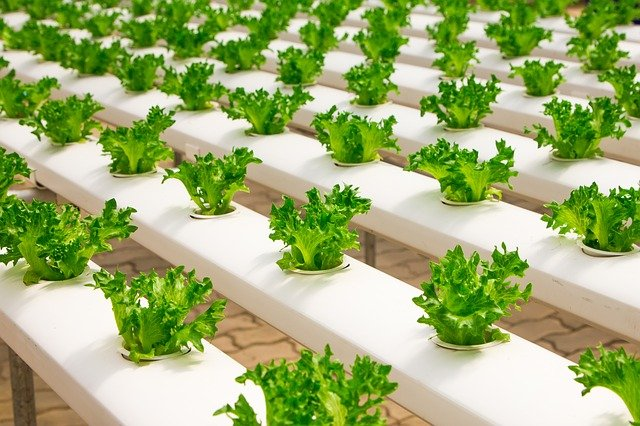
In this article, we will be discussing:
-
Definitions of Hydroponic and Aeroponic Gardening
-
6 Major Differences between Hydroponic and Aeroponic Gardening
-
How to maintain a Hydroponic or Aeroponic Garden
Without wasting any time, let us dive in…
Hydroponics: Defined
Hydroponics is a broad and encompassing term used for soilless growing techniques. The word “hydroponics” itself is a combination of Greek words hydro, meaning water, and ponos, meaning labor. In this technique, a nutrient-rich water-based solution provides the necessary nutrients for plant growth in contrast to traditional soil. A soilless medium increases nutrient uptake efficiency and results in increased yield with less input.
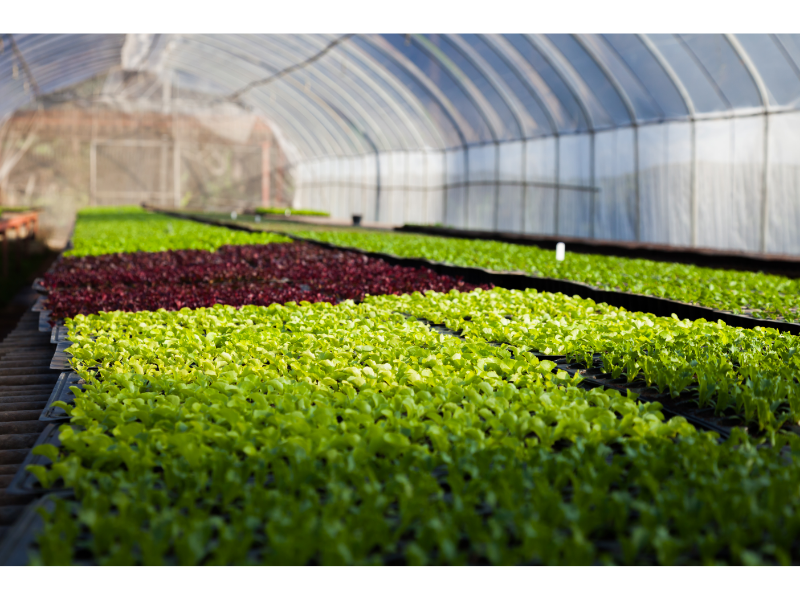
That is because the roots of plants in a hydroponic system are suspended in a pH-balanced nutrient solution. Since the plants absorb nutrients from the solution instead of soil, they spend less energy. The reduced energy consumption for nutrient uptake leads to better flower and fruit growth.
There are mainly six broad types of hydroponic systems, and aeroponics is one of them. They are as follows.
-
Wick hydroponics
-
Drip hydroponics
-
Deep Water Culture (abbreviated DWC)
-
Ebb and Flow (also called flood and drain)
-
Nutrient Film Technique (abbreviated NFT)
-
Aeroponics
These techniques differ from each other, but what makes them similar is that they are all soilless and water-based growing systems.
Let us now learn what exactly aeroponics is.
Aeroponics: Defined
Aeroponics is a distinct type of hydroponic gardening in which the plant’s roots are suspended in air and are regularly sprayed or sprinkled with a nutrient-rich solution to provide nourishment and encourage growth.
Like other hydroponic techniques, this is also a soilless method of growing plants. Aeroponics is used for a cleaner and sterile growth environment while increasing the overall yield.
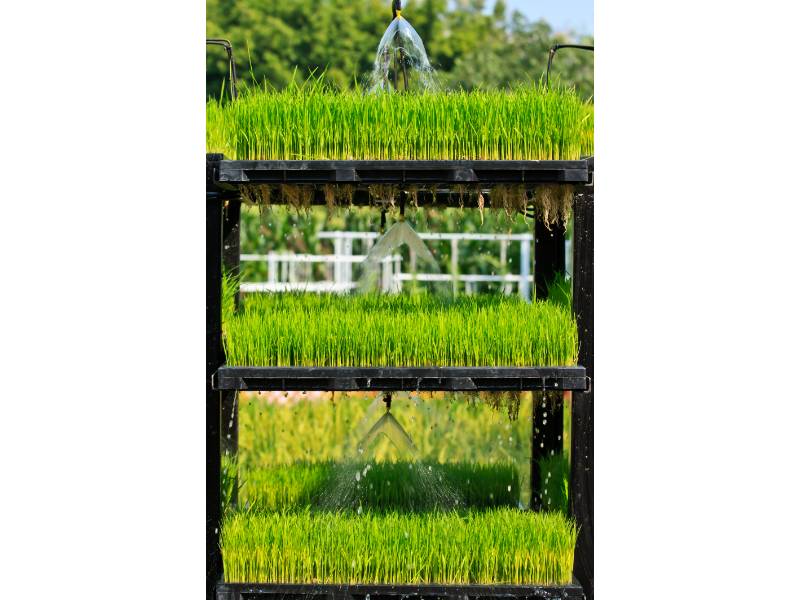
It is, however, a demanding technique that involves regular checks because the roots of plants are exposed and always on the verge of drying out if the appropriate frequency of nutrient spray is not maintained in a timely fashion.
Aeroponics has proven to be an efficient technique for growing fruits and vegetables because it eliminates the need for repotting plants to provide better access to nutrient-rich soil consistently.
Fun Fact
Aeroponics also made it to space when the National Aeronautics and Space Administration (NASA) used this technique on the Mir space station. They wanted to test its effectiveness and to have a growing technique in places where the soil is not readily available. The results were positive, and it was found that Asian bean seedlings can grow efficiently in a nutrient solution in zero gravity.
Hydroponics vs. Aeroponics: 6 Major Differences
Even though both these growing techniques belong to the same category, there are some pronounced differences between them that make people choose one over the other. There are six major differences between the two you should know about before you decide which technique is best for you. They are:
-
Water Delivery Method
-
Growing Medium
-
Exposure to Oxygen
-
Air Pump
-
Seed Starting
-
Effects of Power Outages
-
Water Delivery Method
-
Hydroponics
The water delivery method is one of the most significant differences between hydroponics and aeroponics. Both systems use water as a nutrient source but differ in how water is delivered to the roots.
In a hydroponics system, the roots are submerged in water either continuously or intermittently using an automated system. For example, in a Deep Water Culture (DWC) set up, the roots of a plant are suspended in a nutrient solution with an air pump-air stone combo at the base to provide oxygen to the roots consistently.
Maintaining a high water level is essential to sustain plant health and provide all the necessary nutrients and oxygen in a hydroponics system.
Aeroponics
However, in aeroponics, the roots are suspended in the air instead of being submerged in the water while a nutrient-rich mist is sprayed consistently to provide nutrition. Since roots are exposed naturally to air, they automatically absorb adequate oxygen while the sprayer keeps the roots hydrated.
In an aeroponics system, it is extremely crucial to consistently oversee the spraying mechanism and automate it so that the plants get water and nutrients at the right time throughout the day.
-
Growing Medium
Hydroponics
Both hydroponics and aeroponics require some sort of growing medium to provide support to the roots and plants. When it comes to hydroponics, some of the most common growing media are:
-
Perlite
-
Coco Coir
-
Gravel
-
Peat Moss
-
Rockwool Cubes
-
Expanded Clay Pebbles
-
Rice Hulls
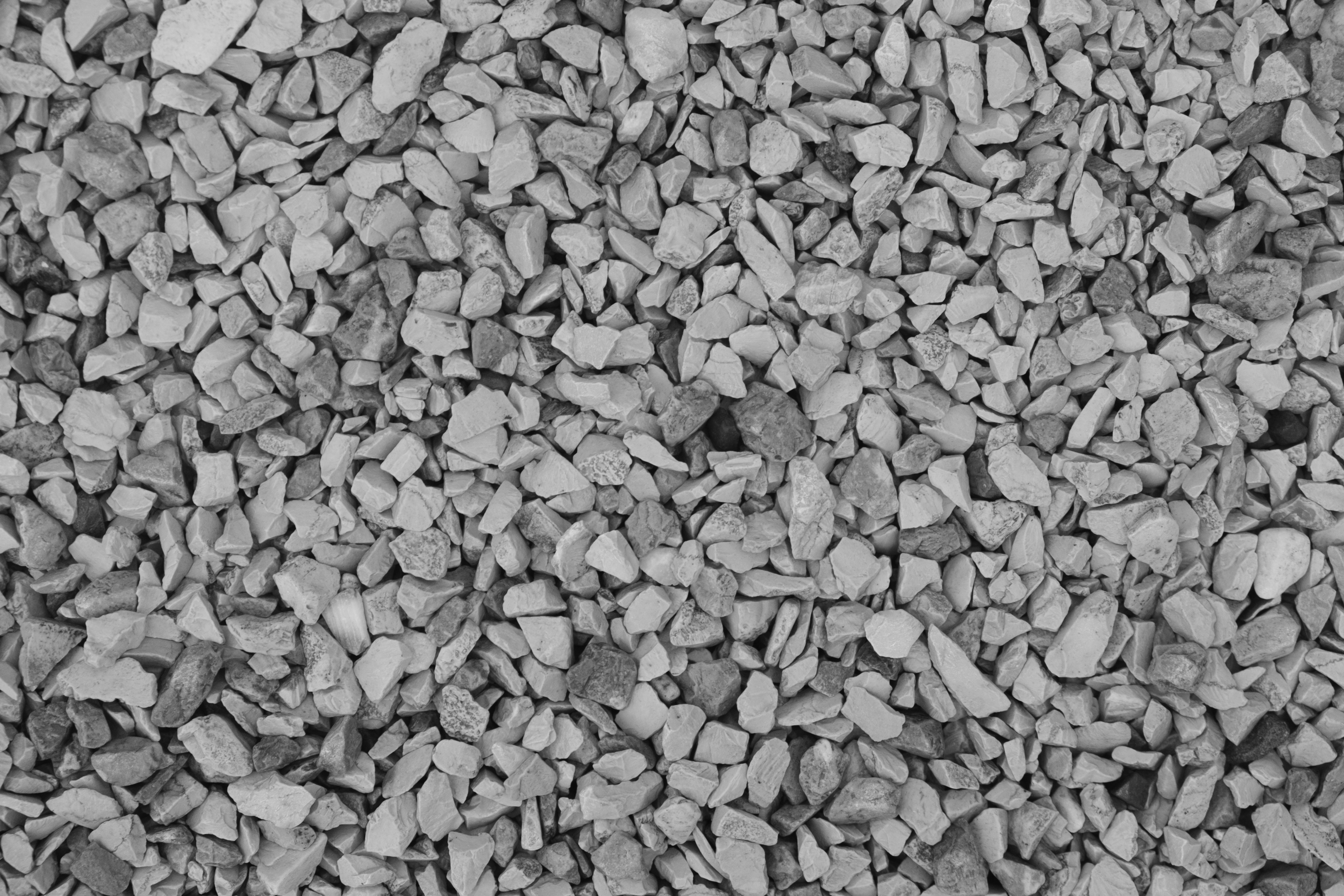
Unlike soil, the growing medium in hydroponic systems is inert. It does not provide any nutrients to the plants and is only used as an anchor to provide stability during the plant’s life cycle.
Aeroponics
When it comes to aeroponics, some growers insist on using special foam pieces cut out of foam sheets and function as a collar for plants. It is, however, an exaggerated claim because many aeroponic gardeners use net cups filled with the same growing media used in hydroponics. Ultimately, it all comes down to personal preference, ease of use, and the type of plant you intend to grow that determines the type of support you use to grow your plants. Even something as simple as marbles or styrofoam pieces can serve the purpose.

You can see what an Aeroponics foam collar looks like in the picture above. It is a pretty straightforward device that is easy to use. Most people prefer it for that reason. All you have to do is slide the main stem of your plant through the collar slit and set the collar in your aquaponics system.
We have compared foam collars with hydroponic growing media to help you decide what suits you best.
Pros and Cons of Foam Collar
Pros:
-
Collars provide better ease of use, and moving the plants in and out of them is a fairly easy process.
-
Collars reduce the risk of water loss due to evaporation because they are designed to fit snugly against the plant stems.
-
Collars are reusable up to a few times if appropriately cleaned, making them a cost-effective alternative to growing media.
Cons:
-
May provide less stability than the traditional growing media because of being lightweight.
Pros and Cons of Growing Medium
Pros:
-
Growing media is comparatively more supportive than collars and provides better stability and anchoring.
-
Some types of growing media can be reused after sterilization if the plants are healthy throughout their entire life cycle.
-
Growing media and its cups are well suited for seed starting. Seeds can be placed directly into the cups and media, and once the roots are long enough, the whole cup can be transported to the hydroponics system.
Cons:
-
Growing media shows more loss of water because of evaporation.
-
Not all types of growing media are equally reusable.
-
Exposure to Oxygen
-
Hydroponics
Yet another critical difference in the discussion of aeroponics vs. hydroponics is how roots are exposed to oxygen.
In hydroponics, the plants are suspended over a water reservoir so that their roots are partially or wholly submerged in the water. Even though it makes transporting and absorbing nutrients easier for plants, it makes exposure to oxygen somewhat tricky.
To tackle this issue, growers place an air stone at the base of the water reservoir to consistently supply oxygen to the roots. In conjunction with air pumps, which we’ll discuss next, the system works in a similar way to that of a fish tank or aquarium. Furthermore, hydroponic growers also add low-strength hydrogen peroxide to their reservoir to increase the overall amount of dissolved oxygen in the water.
Aeroponics
In aeroponics, exposure to oxygen is much easier. Since the roots are suspended over an empty chamber, there is plenty of air around them. This air provides all the necessary oxygen to the roots, while the nutrient solution spray provides nutrition.
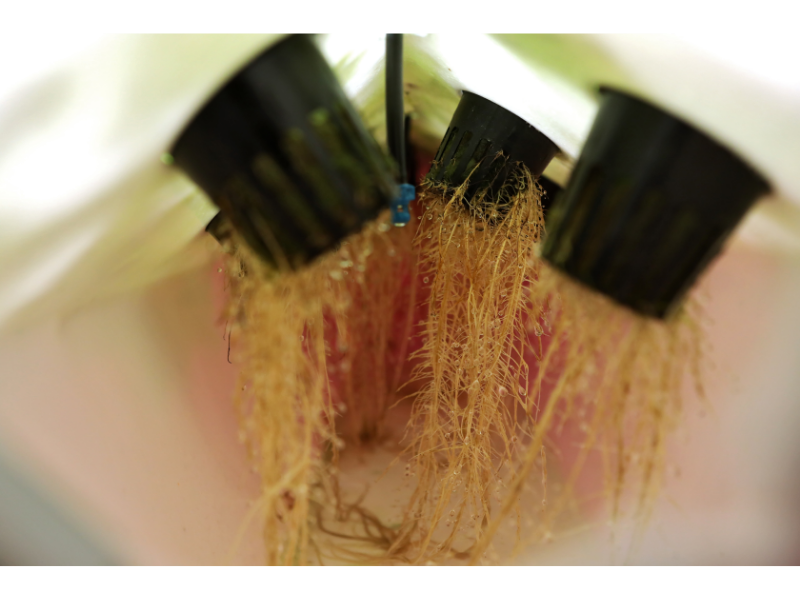
It is one of the reasons why aeroponic systems report higher yields and faster growth than submersion-type hydroponic systems.
-
Air Pump
Hydroponics
Air pumps are a fundamental component of both aeroponics and hydroponic setups, but the way they are used in both systems is different.
In hydroponics, air pumps push air through the air stone and release the oxygenated air in the water to provide oxygen to the roots. If the pump stops working for one reason or another, the submerged roots won’t have any access to oxygen.
Moreover, passive hydroponics systems like the Kratky method or wick system do not require an air pump at all.
Aeroponics
In aeroponics, pumps are not used to mix oxygen in the water but rather to mix air with water to create a fine nutrient-rich mist for the roots. The air pump needs to be strong and efficient to have a well-performing spraying system.
As discussed, aeroponics require a higher level of care and oversight, mainly because of the spraying system. The whole aeroponic system hangs on the efficient performance of this spraying system, which includes everything from the spray nozzles to the air pump. If it fails, the roots will dry out instantly, and the plants will die.
In contrast, even though the failure of the air pump will lead to a lack of oxygen in the hydroponic system, plants will not instantly dry out because of being submerged in the water.
-
Seed Starting
Hydroponics
Aeroponics and hydroponics also differ in seed starting. For hydroponic systems, it is a relatively faster process.
Gardeners use net cups to start the seeds directly. The cups are filled with a growing medium, and then the seeds are placed inside it.
The plants are placed in the hydroponic system as soon as the plant roots are long enough to reach the water.
Aeroponics
On the other hand, seed starting in aeroponic systems is a two-step process.
Growers begin by starting the seeds in a separate area dedicated to starting seeds. Once the roots start to grow, the plants are placed in the aeroponic frame.
Starting seeds in aeroponic systems is not difficult, but it takes longer than its counterpart.
-
Effect of Power Outages
Since we know that the roots of plants are partially or fully submerged in water in hydroponic systems, a power outage, even for a few hours, doesn’t immediately lead to roots drying out. Plants in hydroponic systems can survive even without power for some time with minimal damage.
But when it comes to aeroponic systems, as you might have already guessed, even a short power outage can instantly dry out roots and lead to severe damage.
Therefore, when deciding between aeroponics and hydroponics, factor in potential power outages in your area.
Hydroponics Vs. Aeroponics: Maintenance
Hydroponics Maintenance
pH and Nutrient Monitoring
Hydroponic systems require constant monitoring for nutrient and pH levels, but not as much as aeroponic systems. In a hydroponic setup, the volume of water is greater, and there is slightly more room for error or delay before the imbalance reaches threatening levels.
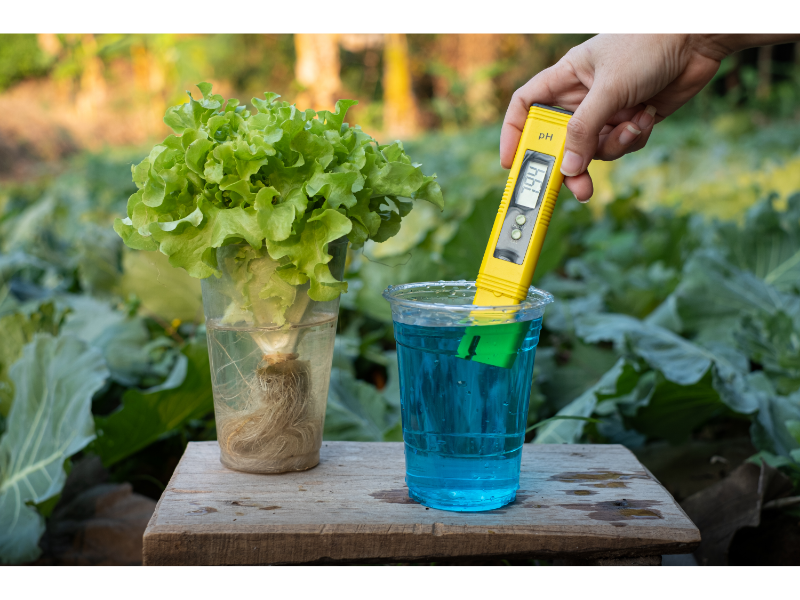
Ideally, you should test your water every three days. Make sure to also test fresh water before adding it to the system.
Maintaining the Water Levels
Hydroponic systems need oversight to maintain adequate water levels within the reservoir. Since hydroponics is an open system, the chance for evaporation is greater.
Keep checking water levels every three to four days and top off as necessary.
Cleaning and Disinfecting
Any system that works with stationary water runs a chance of algae growth. It is one of the important considerations for an efficiently running hydroponic system.
Every two to three weeks, clean your hydroponic setup with food-grade hydrogen peroxide, isopropyl alcohol, or bleach. Make sure to change out the nutrient water with a fresh batch.
If you are concerned about which nutrient solution is best for your setup, this starter kit from Humboldts Secret Supplies is a no-nonsense option that caters to hydroponic growing needs over a broad spectrum.
Aeroponics Maintenance
pH and Nutrient Monitoring
This is one of the most crucial metrics to maintain in aeroponic systems. In aeroponics, the systems circulate a small volume of water, with constant spraying, the nutrient and pH levels dwindle far more frequently than in hydroponics. Therefore, you should ideally monitor pH and nutrients daily.
If any metrics sway too far from the ideal ranges, you’ll have to stop the circulation, empty the system, refresh everything, and start again.
Checking Spray Nozzles for Smooth Operation
The aeroponic system depends entirely on the spraying system, and the spraying system heavily on the spray nozzles.
These nozzles get clogged because of mineral deposits and scaling. Ultimately, if the nozzles are not performing at their full capacity, your plant’s roots can dry out quicker than you can imagine.
Cleaning and Disinfecting
Just like in hydroponics, aeroponic systems also need to be cleaned regularly to tackle algae growth. Food-grade hydrogen peroxide, isopropyl alcohol, and bleach can be used once a month to clean the system.
Inspecting Components
Last but not least, this applies to both hydroponics and aeroponics. Regularly inspect all the valves, nozzles, tubing, reservoirs, and any other mechanical or electrical component to maintain the peak efficiency levels.
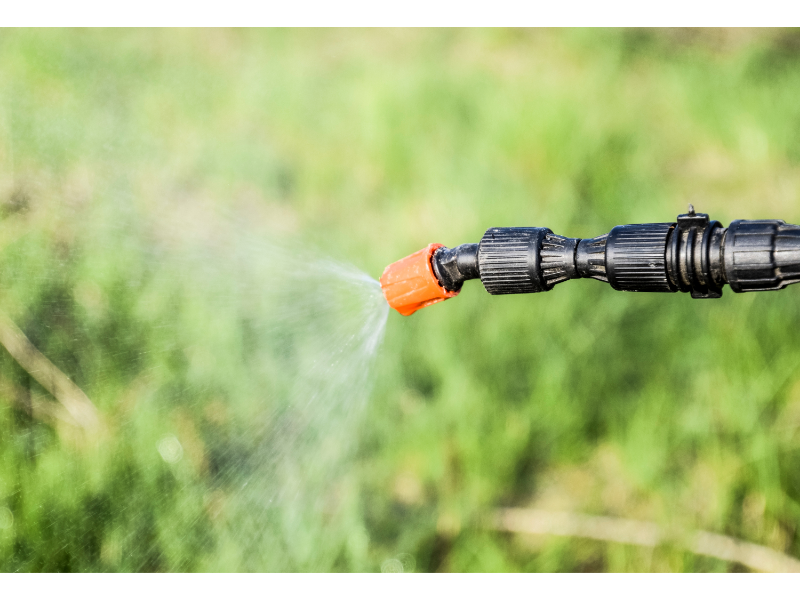
Final Word
Aeroponics is part of the bigger and widely encompassing umbrella of hydroponics, but unlike other techniques, aeroponics is the most different because of its mechanism.
With this guide in hand, you’ll find it relatively easier to decide which system is best for you, depending on how much time and energy you can spend setting up and maintaining it.
Additionally, if you want a nutrient solution that applies to either of these systems, but you don’t want to spend countless hours researching for it, a specially designed starter kit from Humboldts Secret is the way to go!
Now that you know everything, are you ready to dive into these absolutely fun, exciting, and rewarding growing methods?



This is an awesome article. It gives very useful knowledge for beginners like me.